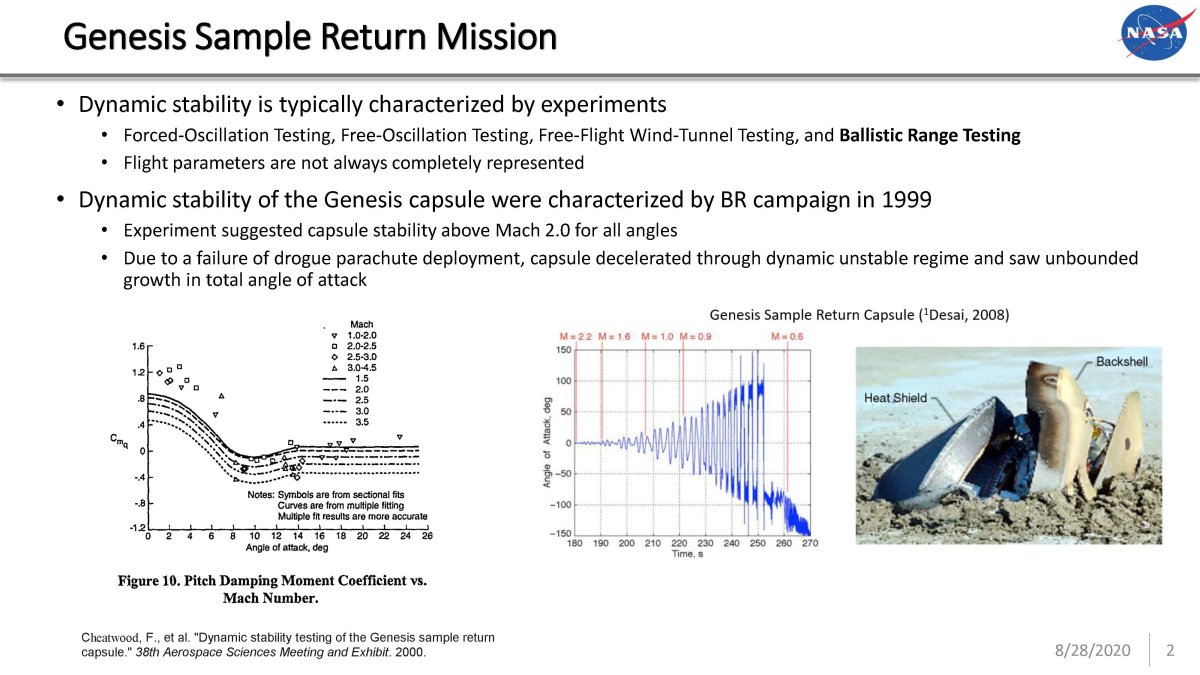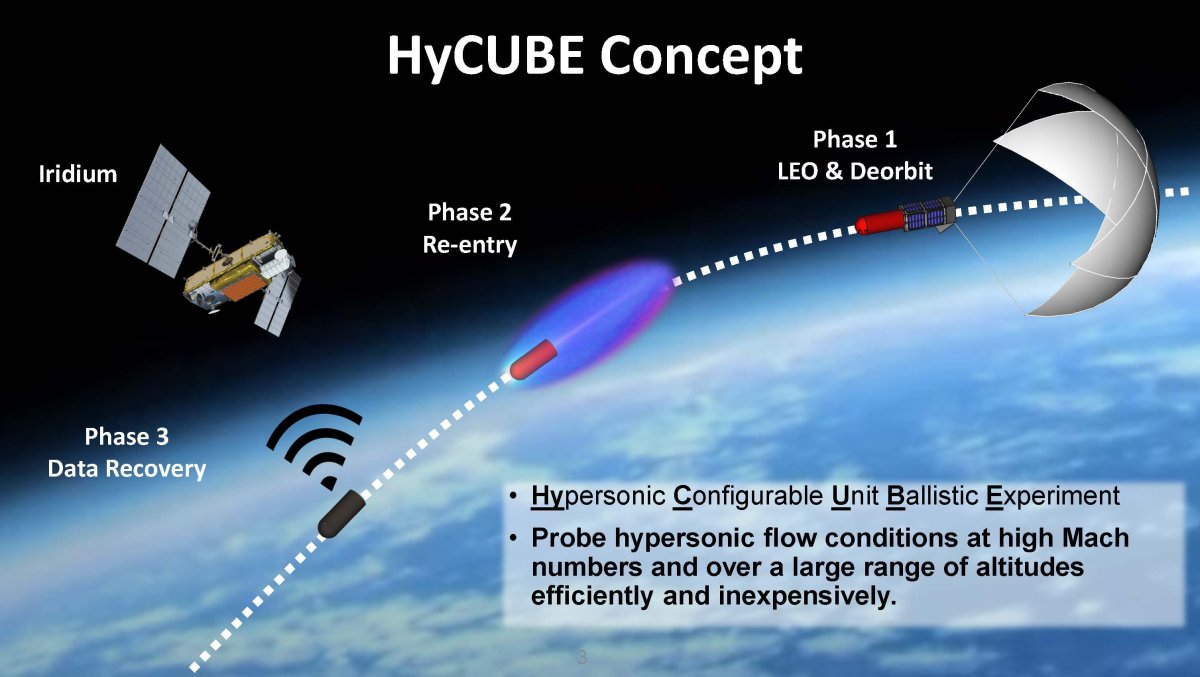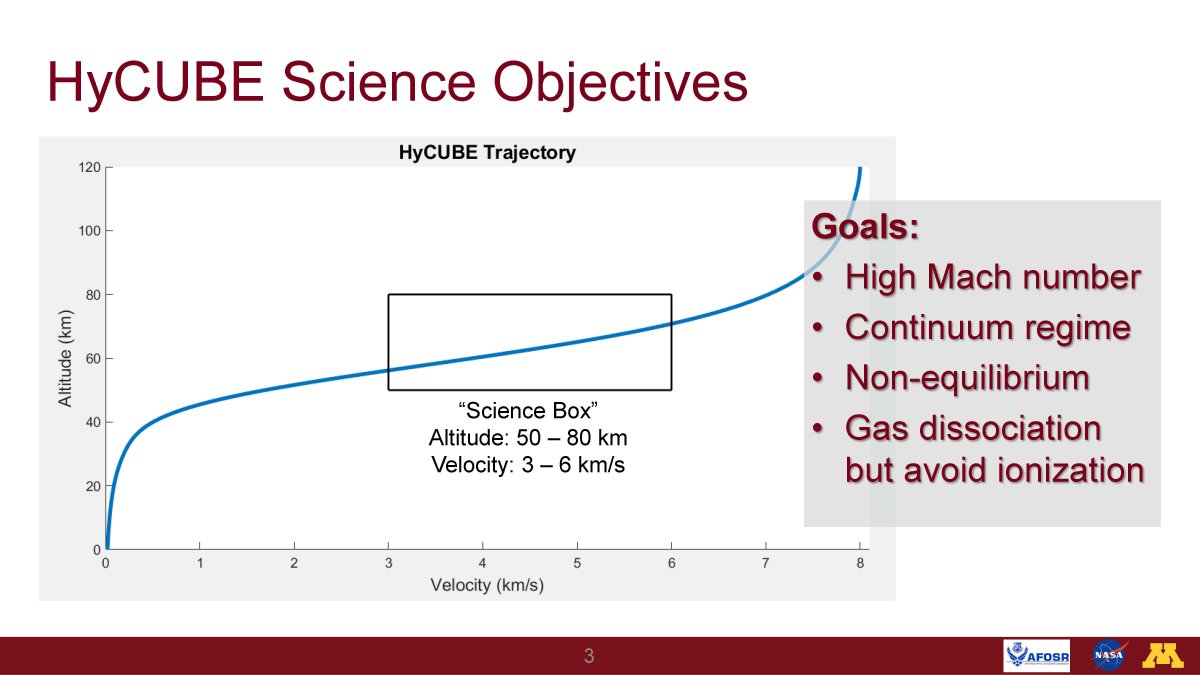AEM Students Complete Summer Internships

Despite the pandemic, students from the Department of Aerospace Engineering and Mechanics have been working diligently to complete their internships with different professionals from the Aerospace industry. Students received valuable hands-on experience and presented their research at the end of the summer. Two internships covered areas of interest to CFD researchers both in our department and at NASA. Their work was very important in advancing the state of the art in computational fluid dynamics.
Three of the NASA internships were in support of the HyCUBE project which is funded by the Air Force Office of Scientific Research, AFOSR. The internships were through the NASA Ames Entry Systems and Technology Division, a group with expertise in aerothermodynamics, thermal protection systems, and instrumentation. HyCUBE, or Hypersonic Configurable Unit Ballistic Experiment, is being designed to record hypersonic data during reentry into the atmosphere. The Computational Fluid Dynamics (CFD) group in our department conducts advanced research in the areas of modeling and simulation of high enthalpy fluid dynamics. HyCUBE will allow researchers to verify and improve their computational models by providing data that is either impossible to obtain or too expensive to get using existing test facilities.
Their Experience & Projects
Aftbody Shape Effects on Dynamic Stability

Over the summer, Zachary Johnston worked remotely as an Entry Systems Modeling Intern at NASA Ames as part of the Aerothermodynamics Branch. His project entailed generating computational fluid dynamic (CFD) simulations for a capsule geometry with various backshell shapes to study the effects of aftbody geometry on dynamic stability. He said, “Working remotely was a challenge but what I liked most about the internship was gaining experience with unsteady wake simulations using free-flight CFD. Where the free-flight code is simply a plugin for US3D.” Johnson created various backshell shapes to investigate the effects the geometry has on dynamic stability during free flight. He generated grids for the various backshell shapes to refine regions of interest (i.e. the wake), produced simulations for the various geometries using the free flight code, and extracted raw data (i.e. forces, moments, pitch, etc.) to characterize the pitching damping of the vehicle oscillations the effects induced by the unsteady wake structures.
“But with the different backshell shapes we get a different unsteady pressure field that imparts varying moments on the aftbodies and this effectively causes different vehicle oscillation behavior. Then these oscillations become more eradic at low angles of attack since the small scale flow features begin to have a significant effect. This is where the numerics become important and is what I recommended needs to be further investigated for future work…This shows that the low dissipation method resolves the wake better and that this has a more important effect on free-flight modeling than the backshell shape under those specific conditions.”
Application of Iridium Data Modem in an Atmospheric Reentry Satellite

Per Jorgenson virtually interned at NASA Ames Research Center doing research on the use of Iridium data modems in nanosatellites. Iridium is a satellite communications company that operates a network of 66 satellites in low earth orbit, and they offer services ranging from voice phone calls to short burst data messages. He investigated the use of an inexpensive short burst data modem that can be used to command & control a nanosatellite using the Iridium network rather than traditional direct-to-ground radios, which gives greater freedom in when & where communication with the nanosatellite is possible. “Even though this internship was done virtually, I had to assemble a simulated nanosatellite, or "flat-sat", to demonstrate the functionality of the hardware and software components of the system. I was mentored by members of the Technology Education Satellite group at Ames, whom I met with regularly over the course of the internship.” Jorgenson’s internship was done in parallel with two other students at the UofM, and is part of a bigger collaboration between the UMN Small Satellite Research Lab and NASA Ames relating to the development of the HyCUBE nanosatellite here at the university.
Re-entry Stability and targeted Re-entry of the HyCUBE Small Satellite

For Alex Hayes, his summer internship centered around improving the simulation environment for the Hypersonic Configurable Unit Ballistic Experiment (HyCUBE) mission. The HyCUBE concept, under development at the University of Minnesota, is a platform that aims to address many of the shortcomings of existing hypersonic experimentation techniques. HyCUBE can probe hypersonic flow conditions at high mach numbers and over a large range of altitudes efficiently and inexpensively by leveraging cubesat technology. HyCUBE is launched into Earth orbit where it deploys a sensor pod that collects and transmits hypersonic flow measurements as it re-enters Earth’s atmosphere.
“This summer has been a great learning experience for me and I think I have gained a lot for having participated. One of the things that stands out to me from this experience is the difference between doing things in an educational setting vs. doing things in support of an actual mission. For example, in the work I’ve done before this summer, I have rarely had to think about uncertainty and the implications of not knowing a parameter precisely. Another part of this experience that I appreciate is working with people who are experts in the field that I want to work in. Working with them, getting advice from them for this project, learning about projects they’ve worked on and how they've done things gave me a taste of what things are like outside of an academic setting. As someone who has not done internships or had much engineering work experience before this outside of coursework and research, I think this practical experience will serve me well in the future.”
Preliminary Design of the HyCUBE Sensor Suite and Thermal Protection System

Nathaniel Anderson’s internship was a virtual internship with NASA Ames. He worked with three NASA engineers who mentored him as he worked on the design of the sensor pod of the HyCUBE project here at the University of Minnesota. “It was a great experience to collaborate with these mentors who have worked on NASA missions such as Mars 2020 and to learn about how they approach a problem and then apply that knowledge to my own research goals. The most significant research result of my internship was the development of a tool that simulated the expected environmental conditions along HyCUBE's trajectory.” The results from this tool led to a conclusion that their preliminary design could not meet their scientific objectives and heating limitation in its current state and necessitated a conceptual redesign.
Termolecular QCT for Direct Molecular Simulation
Eric Geistfeld recently completed a remote summer internship at NASA’s Ames Research Center working on simulations of molecular recombination with Dr. Richard Jaffe in the Entry Systems Technology Division. Over the course of a ten-week program, Eric studied the dynamics of oxygen recombination, an important reaction in rapidly expanded and compressed flows commonly seen around atmospheric entry vehicles. The Ames summer internship program also gave Eric the opportunity to attend a wide-ranging seminar series on different NASA projects and make important connections with aerospace experts. Although the internship was remote, the mentorship received, connections made, and skills gained were invaluable to Eric’s research career.
This project is closely related to Eric’s work with Prof. Tom Schwartzentruber at the University of Minnesota which focuses on simulations of molecular collisions, the cause of chemical reactions. Previous work focused on collisions of two molecules, but recombination reactions require three molecules to occur. The main product of Eric’s internship was the development of code to sample conditions for simulated three-body collisions and to statistically analyze their results. This code will be used for further dynamics simulations to better understand the role of recombination reactions at different conditions at a higher level of detail than currently possible.
More information on internships can be located on the AEM Internship page and the CSE Internship page.